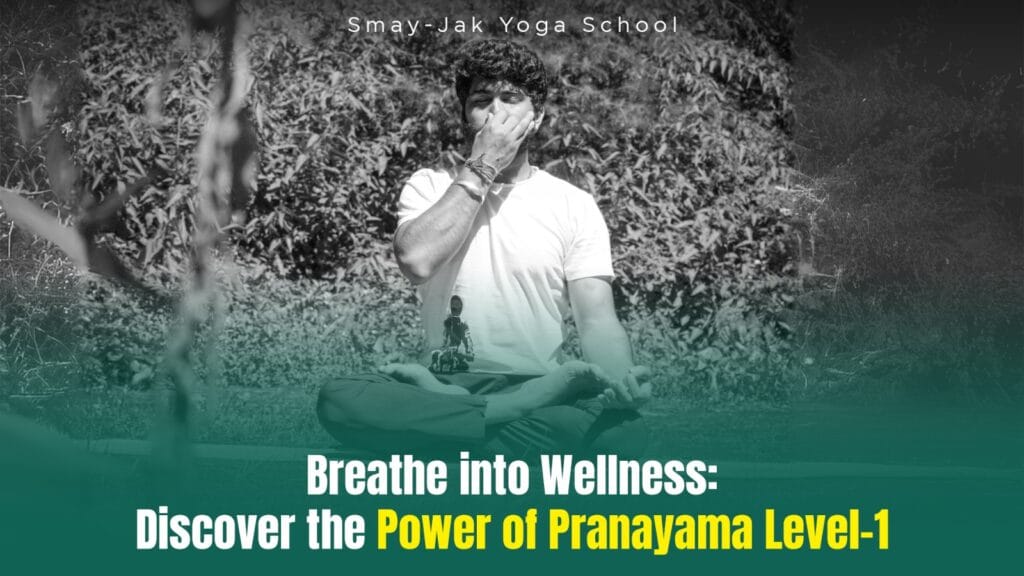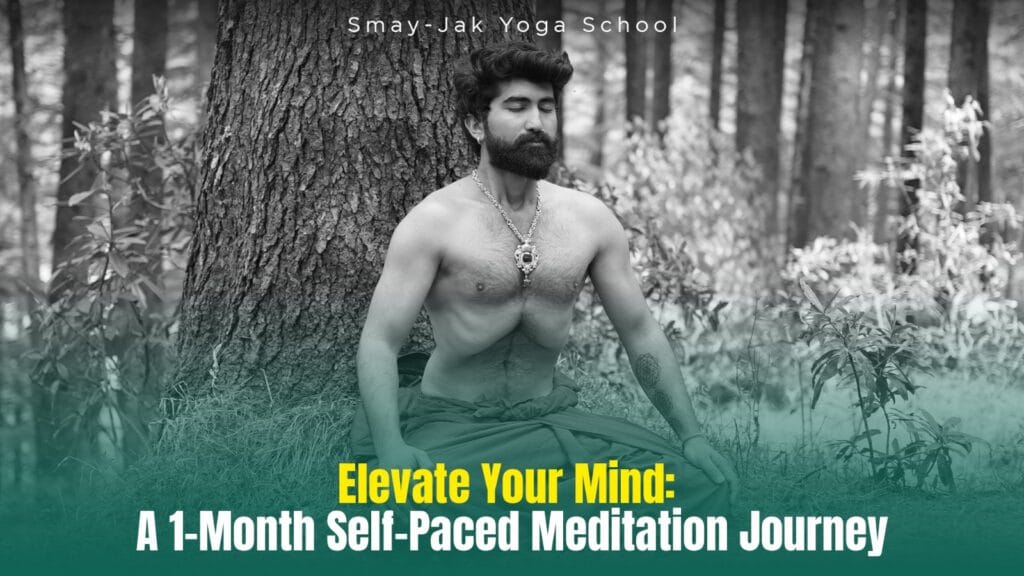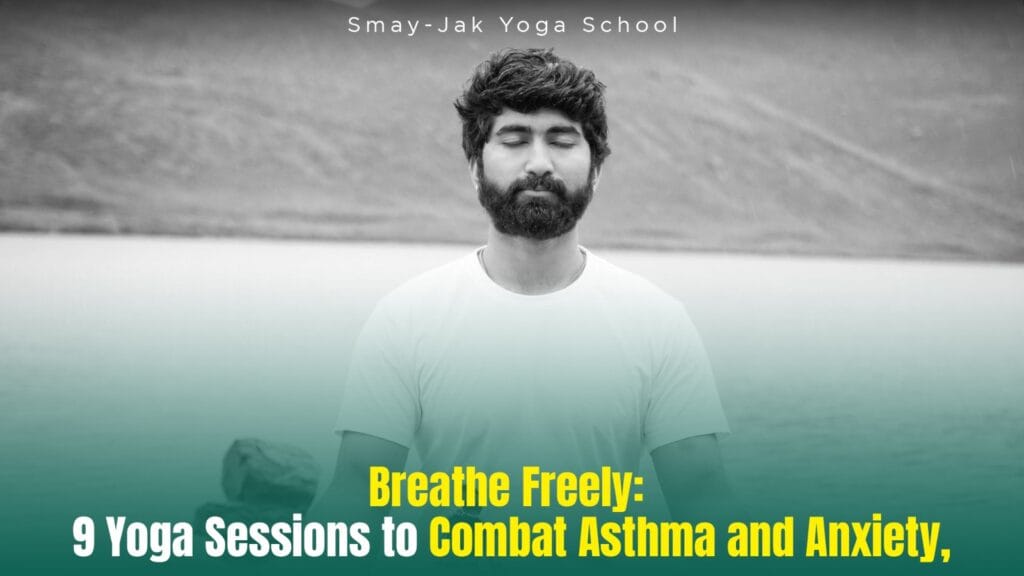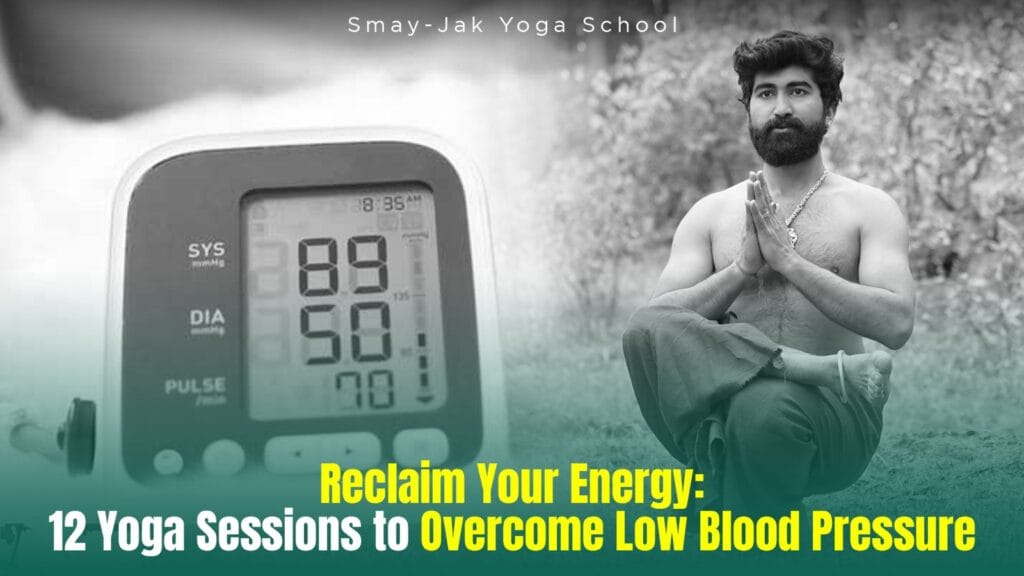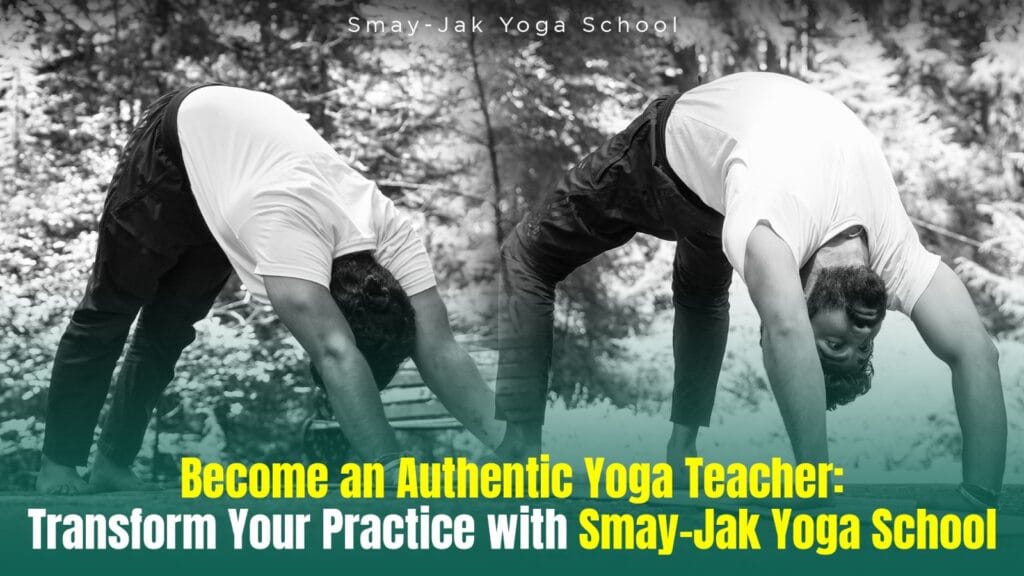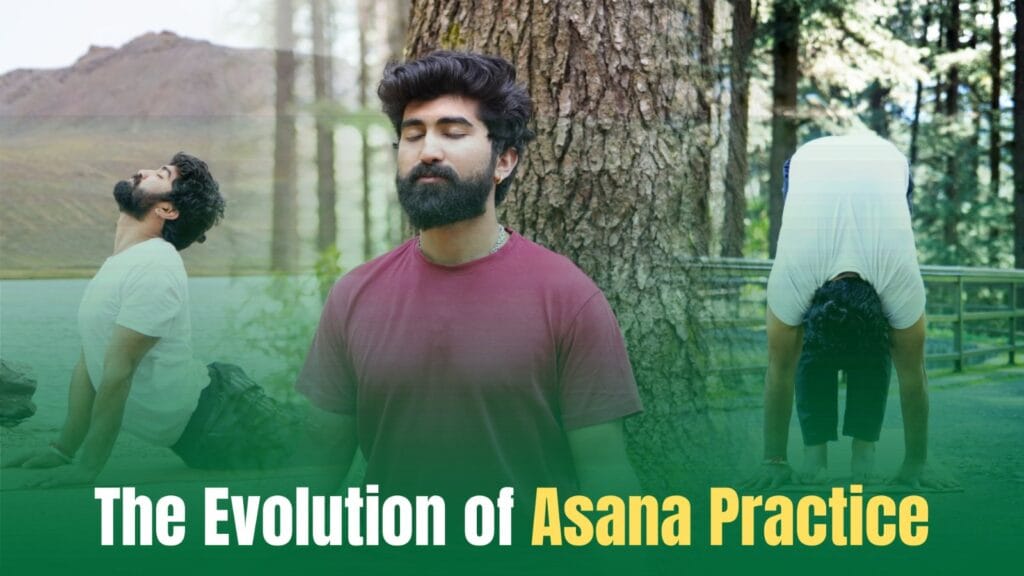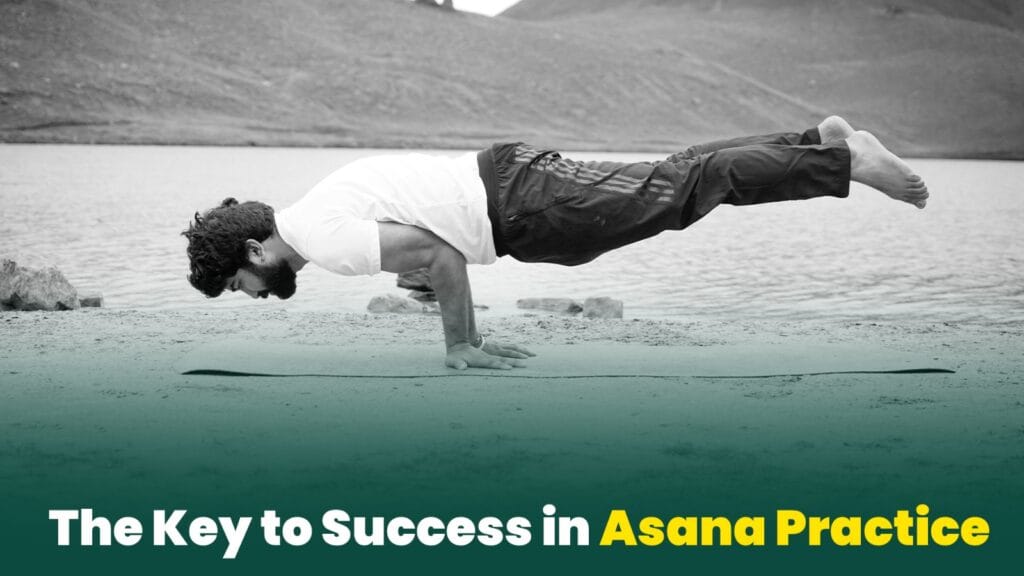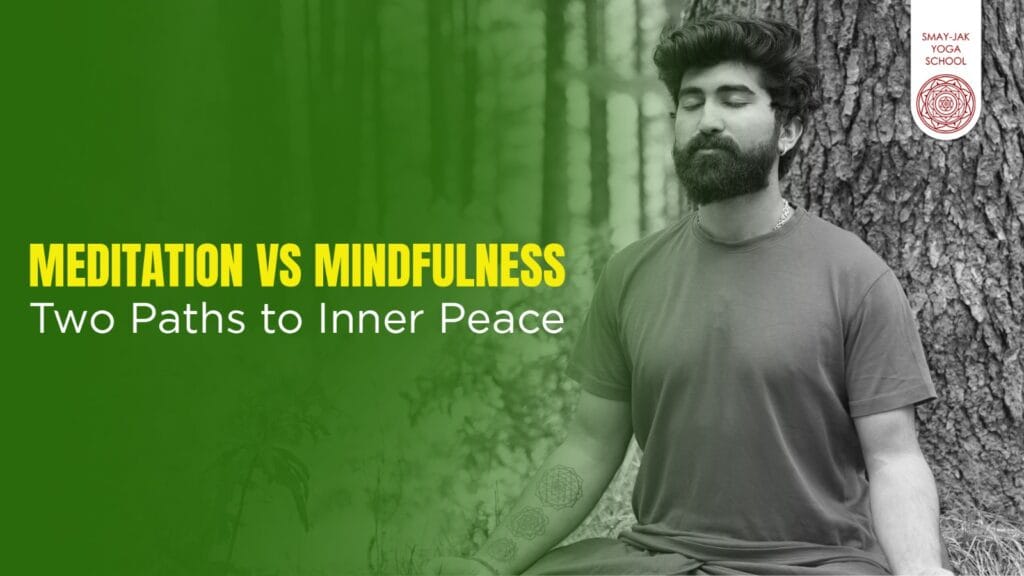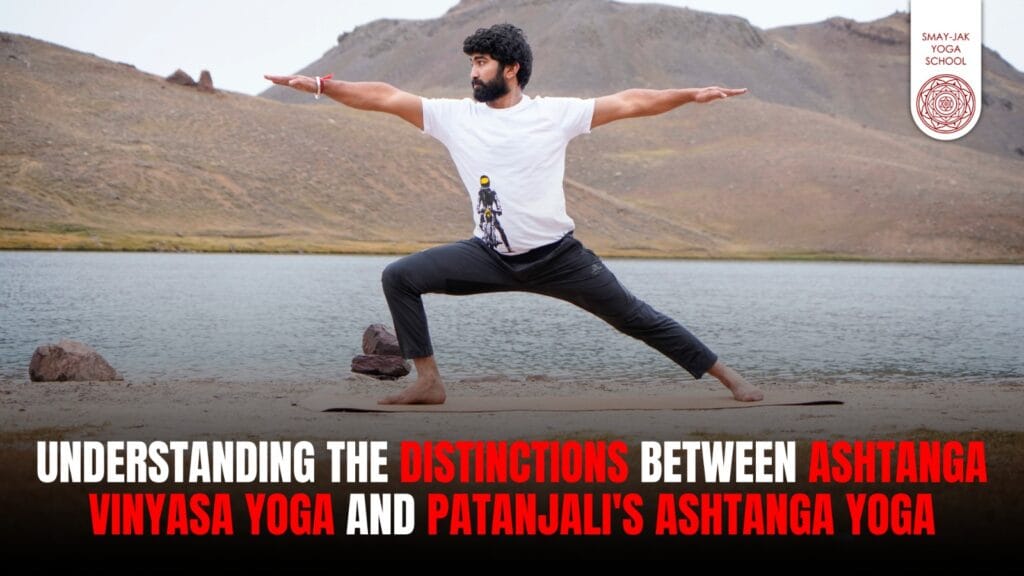Breathe into Wellness: Discover the Power of Pranayama Level-1
Pranayama, the ancient yogic practice of breath control, holds immense potential to enhance both physical and mental well-being. If you’re looking to tap into this transformative power, the Pranayama Level-1 course is your gateway to mastering foundational breathing techniques that can lead to a healthier, more mindful life. What Is Pranayama? Pranayama is a Sanskrit term where “Prana” means life force or breath, and “Yama” refers to control or regulation. Pranayama Level-1 introduces you to essential breath control techniques, helping you regulate your energy, enhance focus, and promote a sense of calm and mindfulness. Course Details Duration: 1 Month Mode: Online (Self-Paced) Languages: Hindi & English What You Will Learn Foundational Techniques: Discover beginner-level pranayama practices that form the basis for advanced breathwork. These include simple yet powerful techniques like Nadi Shodhana (alternate nostril breathing) and Bhramari (humming bee breath). Mindfulness: Learn how to integrate breath awareness into daily life, bringing your attention to the present moment and reducing mental distractions. Well-being: These techniques have a positive impact on your body’s energy levels, stress levels, and overall health. Why Enroll in Pranayama Level-1? Accessible Format: The online, self-paced course allows you to progress at your own speed, making it easy to integrate into your daily routine. Bilingual Support: With content available in both Hindi and English, learners can follow the course in their preferred language for greater comfort and clarity. Holistic Benefits: Pranayama Level-1 not only introduces you to breath control but also helps you develop a more balanced and centered approach to life, increasing resilience to stress and improving focus. Unlock the Power of Your Breath Breathing is an unconscious act, but learning to control and regulate it can bring profound changes to your life. With Pranayama Level-1, you can take the first step toward mastering this ancient art of breath control and unlocking a higher level of mindfulness and wellness. Start your Pranayama journey today and experience the breath of life like never before!
Breathe into Wellness: Discover the Power of Pranayama Level-1 Read More »
